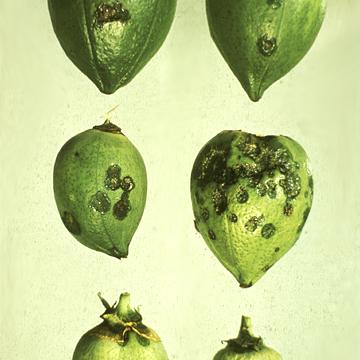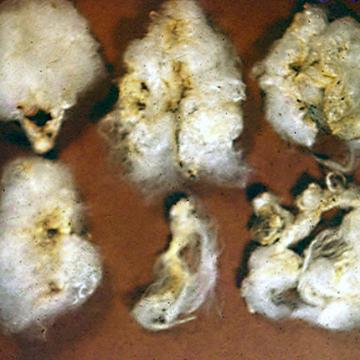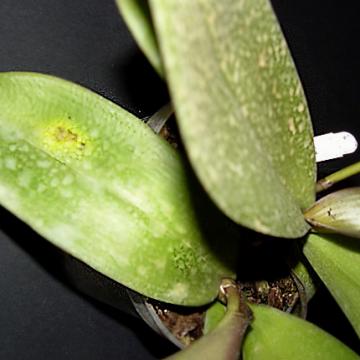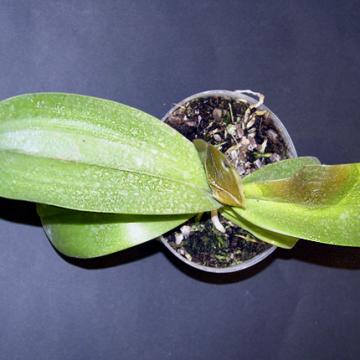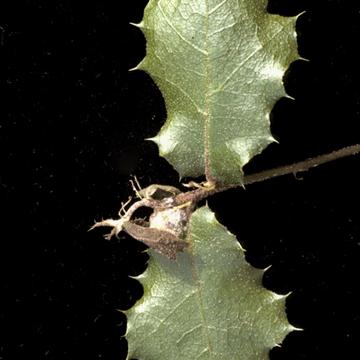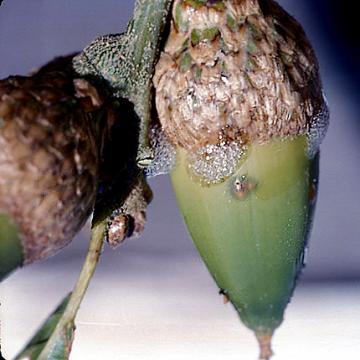DISEASE: Bacterial blight (Boll rot)
HOST: Cotton
Boll rot first appears as raised, water-soaked lesions, which become sunken and turn brown to black with time.
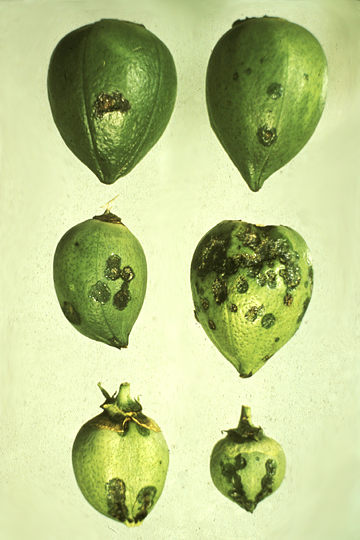
Bacterial blight (Boll rot) | Cotton
DISEASE: Bacterial blight (Boll rot)
HOST: Cotton (Gossypium barbadense)
PATHOGEN: Xanthomonas citri subsp. malvacearum
PATHOGEN SYNONYM: Xanthomonas campestris pv. malvacearum
SOURCE: A. Hayward
DISEASE: Bacterial blight (Boll rot)
HOST: Cotton
Infection of bolls causes premature opening and increased susceptibility to secondary, saprophytic microorganisms that cause rot. Note discolored cotton.
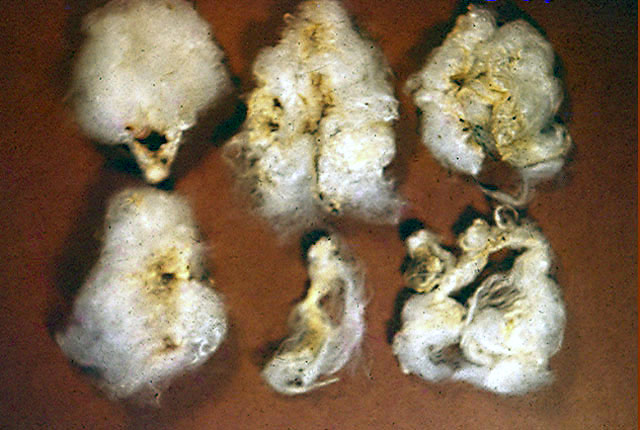
Bacterial blight (Boll rot) | Cotton
DISEASE: Bacterial blight (Boll rot)
HOST: Cotton (Gossypium barbadense)
PATHOGEN: Xanthomonas citri subsp. malvacearum
PATHOGEN SYNONYM: Xanthomonas campestris pv. malvacearum
SOURCE: APS
DISEASE: Bacterial brown rot
HOST: Orchid
Phalaenopsis orchid with yellowish brown spot on leaf (left), an early stage of disease.
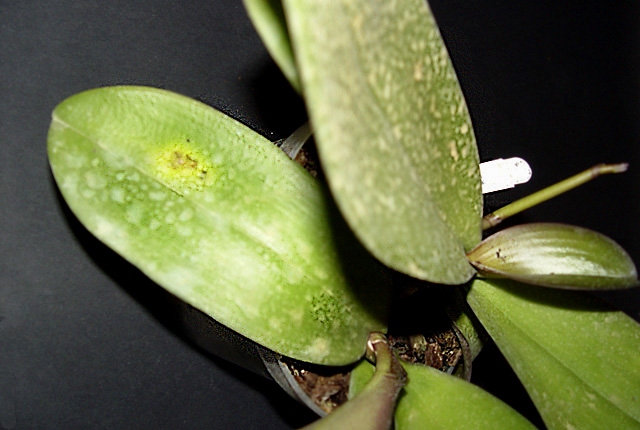
Bacterial brown rot | Orchid
DISEASE: Bacterial brown rot
HOST: Orchid (Phalaenopsis sp.)
PATHOGEN: Acidovorax cattleyae
PATHOGEN SYNONYM: Acidovorax avenae subsp. cattleyae
SOURCE: R. McMillan
DISEASE: Bacterial brown rot
HOST: Orchid
Leaves of Phalaenopsis orchid with advanced stage of decay.
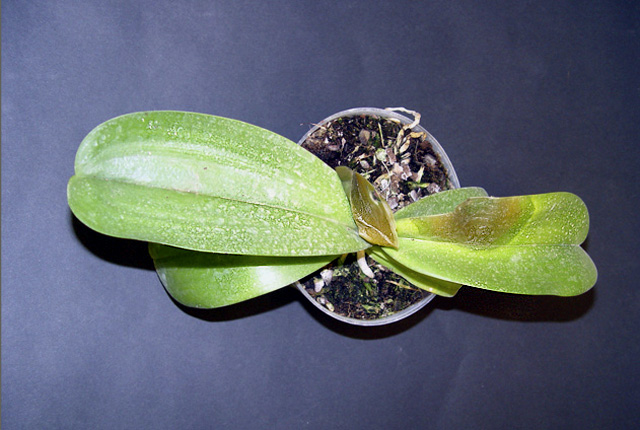
Bacterial brown rot | Orchid
DISEASE: Bacterial brown rot
HOST: Orchid (Phalaenopsis sp.)
PATHOGEN: Acidovorax cattleyae
PATHOGEN SYNONYM: Acidovorax avenae subsp. cattleyae
SOURCE: R. McMillan
DISEASE: Drippy nut disease
HOST: Oak
Ooze from young twig inoculated with Brenneria quercina.
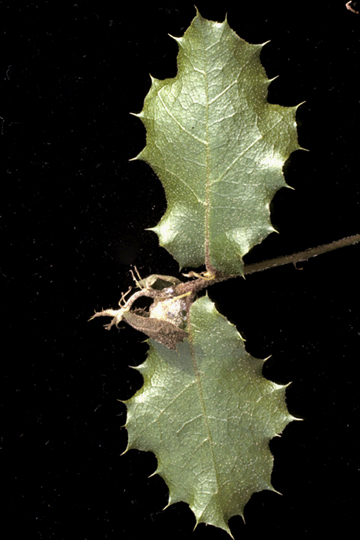
Drippy nut disease | Oak
DISEASE: Drippy nut disease
HOST: Oak (Quercus agrifolia)
PATHOGEN: Brenneria quercina
PATHOGEN SYNONYM: Erwinia quercina
SOURCE: M. Schroth
DISEASE: Drippy nut disease
HOST: Oak
Ooze from infected acorn. Copious ooze drips from infected acorns, leaving sticky spots on objects under tree canopy. Infections are associated with insect oviposit wounds.
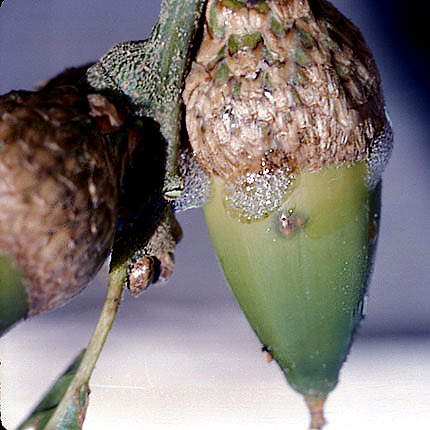
Drippy nut disease | Oak
DISEASE: Drippy nut disease
HOST: Oak (Quercus agrifolia)
PATHOGEN: Brenneria quercina
PATHOGEN SYNONYM: Erwinia quercina
SOURCE: M. Schroth


